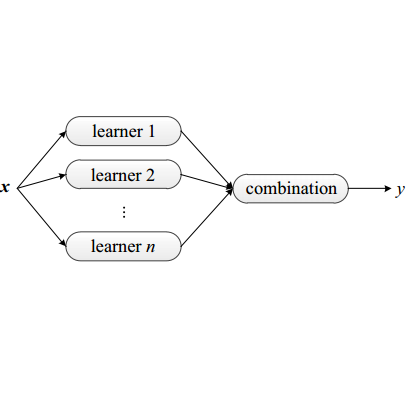Deep learning has emerged as a technique of choice for rapid feature extraction across imaging disciplines, allowing rapid conversion of the data streams to spatial or spatiotemporal arrays of features of interest. However, applications of deep learning in experimental domains are often limited by the out-of-distribution drift between the experiments, where the network trained for one set of imaging conditions becomes sub-optimal for different ones. This limitation is particularly stringent in the quest to have an automated experiment setting, where retraining or transfer learning becomes impractical due to the need for human intervention and associated latencies. Here we explore the reproducibility of deep learning for feature extraction in atom-resolved electron microscopy and introduce workflows based on ensemble learning and iterative training to greatly improve feature detection. This approach both allows incorporating uncertainty quantification into the deep learning analysis and also enables rapid automated experimental workflows where retraining of the network to compensate for out-of-distribution drift due to subtle change in imaging conditions is substituted for a human operator or programmatic selection of networks from the ensemble. This methodology can be further applied to machine learning workflows in other imaging areas including optical and chemical imaging.
翻译:深层次学习已成为一种选择技术,可以选择在成像学科之间迅速进行地貌提取,从而能够迅速将数据流转换为空间或时空相关特征的空间或时空阵列;然而,实验领域的深层学习应用往往因实验之间的分流变化而受到限制,因为为一组成像条件而培训的网络对不同的成像条件来说是次优异的;这一限制在寻求自动实验环境方面特别严格,因为需要人类干预和相关的迟缓,再培训或转移学习变得不切实际;在这里,我们探索在原子溶解电子显微镜中进行地貌提取的深层学习的可复制性,并采用基于共同学习和迭代培训的工作流程,以大大改进特征探测;这种方法既可以将不确定性量化纳入深层学习分析,又能够快速自动的试验工作流程,在这种流程中,对网络进行再培训以弥补因成像条件的微妙变化而出现的流出流,以取代人类操作者或从成像器中选择网络的方案。这一方法可以进一步适用于包括光学和化学成像成像在内的其他成像领域的机器学习工作流程。





